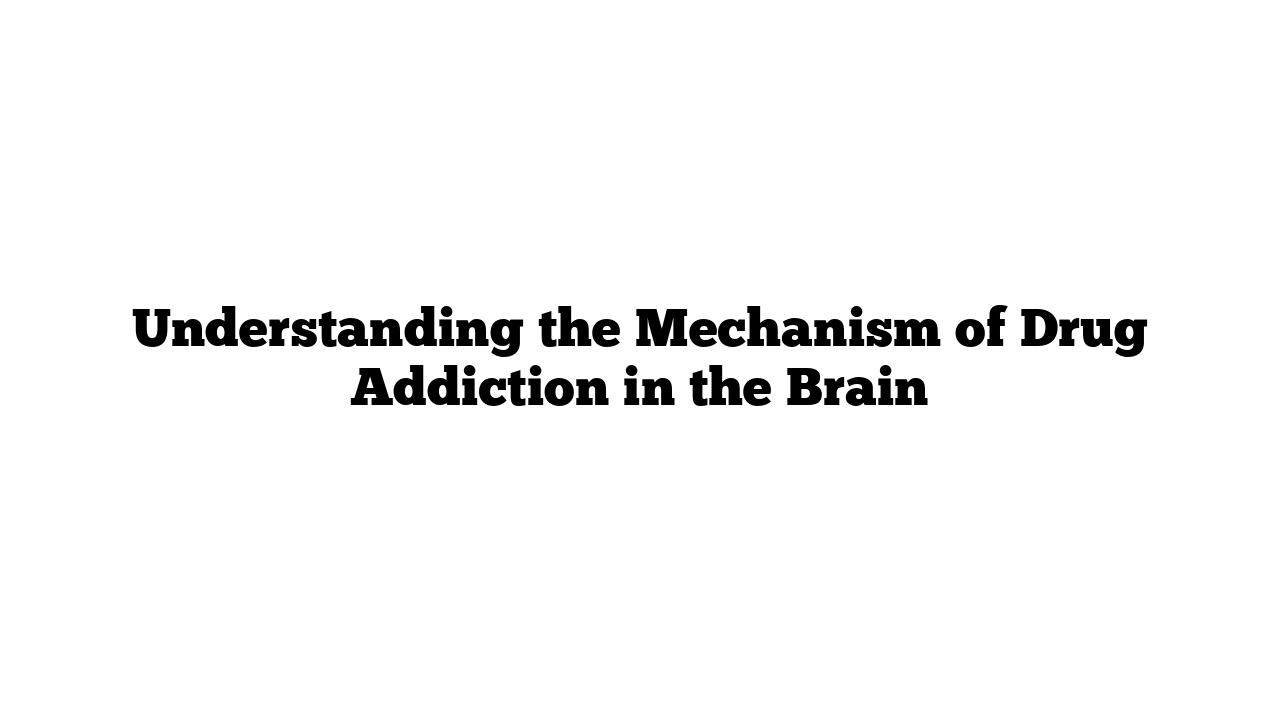Drug addiction is a complex condition that profoundly alters the brain’s functioning. By exploring how addiction develops, we can better understand its impact and the pathways to recovery.
The Brain’s Reward System
At the heart of addiction lies the brain’s reward system, which includes several key structures, such as the nucleus accumbens, ventral tegmental area (VTA), and the prefrontal cortex. When a person uses drugs, these areas become hyperactive, flooding the brain with dopamine, a neurotransmitter responsible for feelings of pleasure and reinforcement.
Animation Insight:
Imagine a colorful animation showing how drugs stimulate the release of dopamine. As the individual uses drugs, bright lights flash in the brain’s reward areas, illustrating the surge of pleasure. Over time, the animation could show the gradual decline in dopamine levels, emphasizing how the brain adapts to repeated drug use.
Changes in Brain Structure
With prolonged substance abuse, the brain undergoes significant structural changes. The prefrontal cortex, which governs decision-making, impulse control, and self-regulation, begins to shrink. This deterioration makes it increasingly difficult for individuals to make rational choices and resist cravings.
Understanding Impulse Control:
A simple animation could depict the shrinking prefrontal cortex alongside exaggerated images of impulsive behavior, like reckless spending or dangerous actions.
The Role of Neurotransmitters
In addition to dopamine, other neurotransmitters play crucial roles in addiction. For instance, glutamate is involved in learning and memory, while GABA regulates anxiety and stress. Drugs can disrupt the balance of these chemicals, leading to heightened cravings and increased anxiety.
Visual Explanation:
An animated infographic could illustrate how these neurotransmitters interact. For example, when drugs are used, glutamate levels might spike, triggering intense cravings that lead to further drug-seeking behavior.
Withdrawal and Relapse
When someone stops using drugs, withdrawal symptoms can emerge due to the brain’s physical dependence on the substances. This discomfort can trigger a relapse, as individuals may turn back to drugs to alleviate their suffering.
Animation Concept:
An animation could depict the cycle of addiction: use, dependence, withdrawal, and relapse, using a circular flowchart that emphasizes the repetitive nature of the struggle.
Hope for Recovery
Understanding the mechanisms of addiction is the first step toward recovery. With appropriate treatment, such as therapy, medication, and support groups, individuals can begin to repair the damage to their brain and reclaim their lives.
Inspiring Conclusion:
An uplifting animation could close the article, showcasing individuals participating in recovery programs, engaging in healthy activities, and rebuilding their lives, symbolizing hope and resilience.
By combining engaging animations with informative content, this article can effectively educate readers on the mechanisms of drug addiction while promoting a sense of hope for recovery.
For more resources on addiction and recovery, visit medicaltimes.io.
